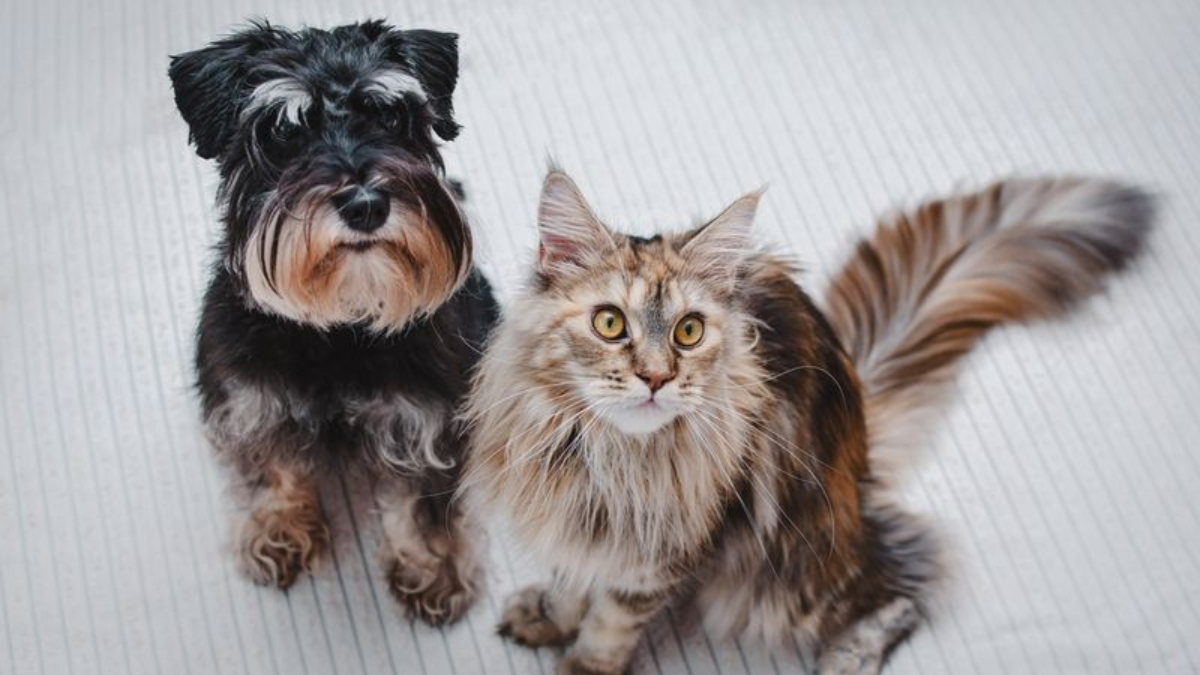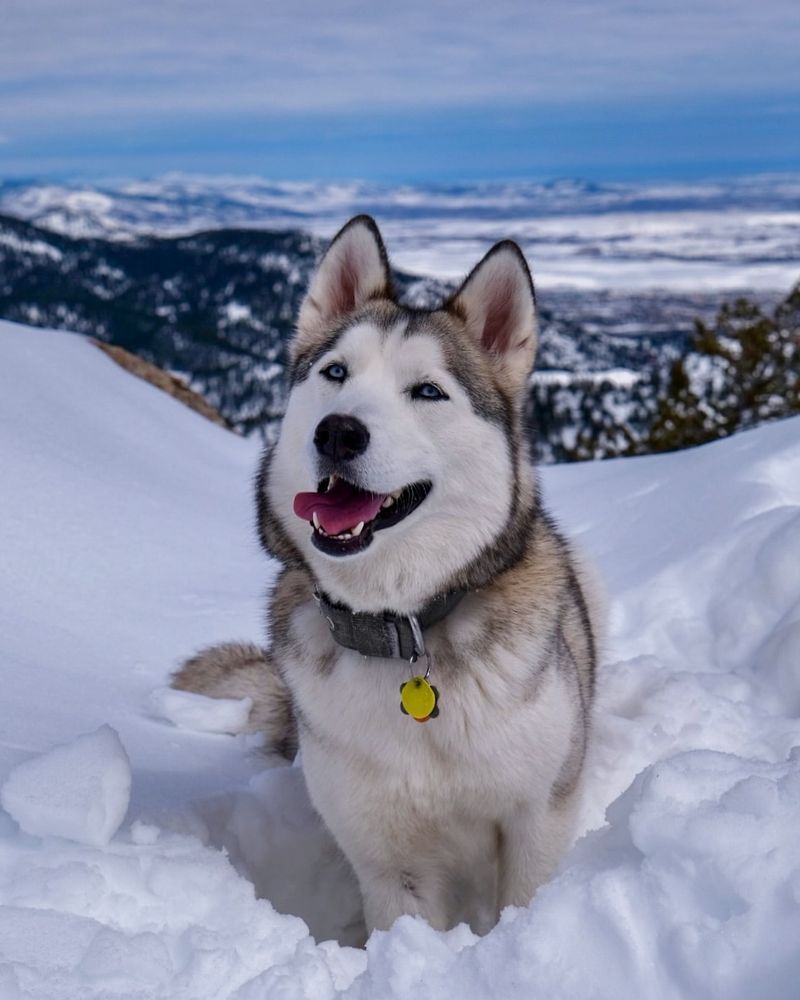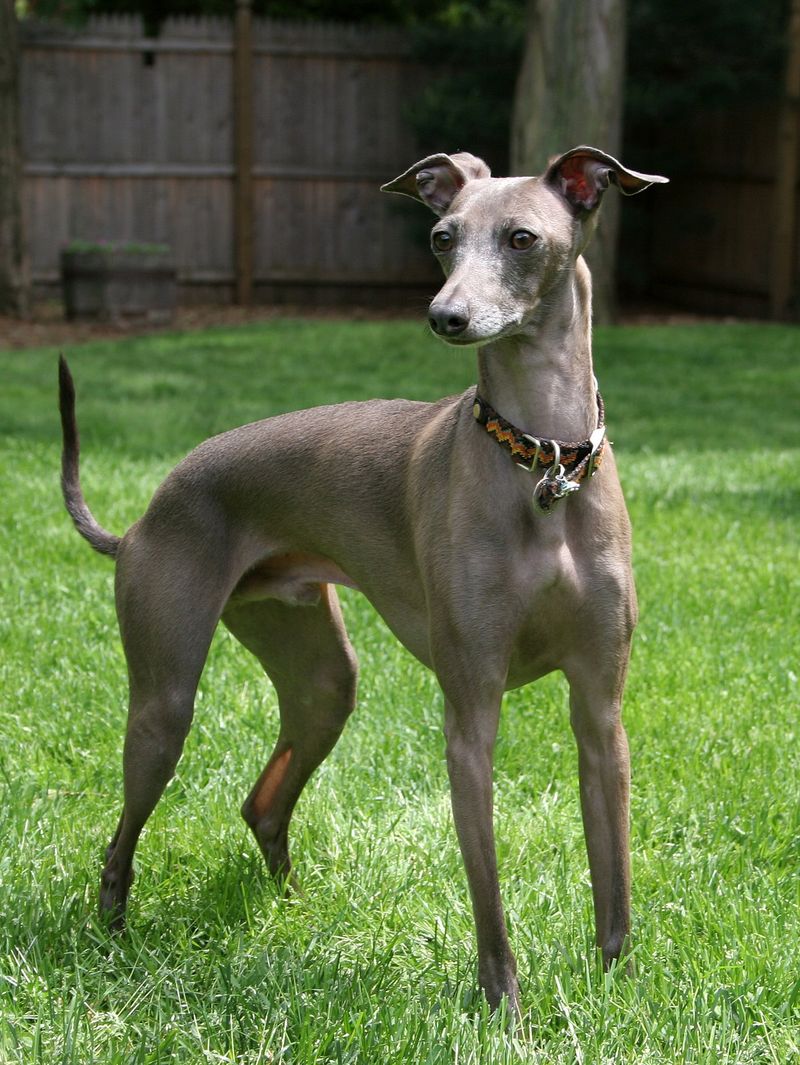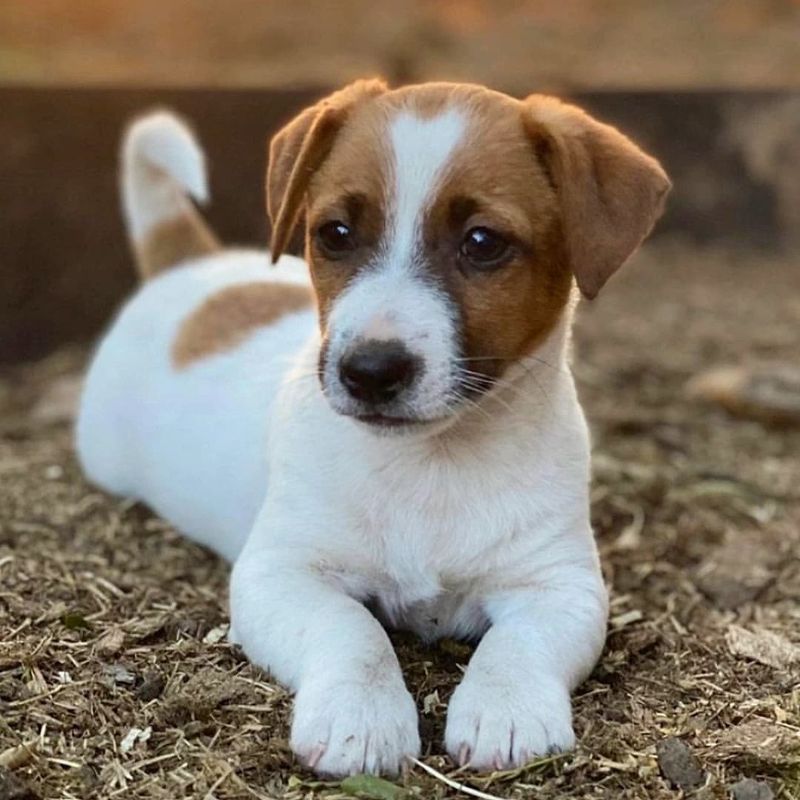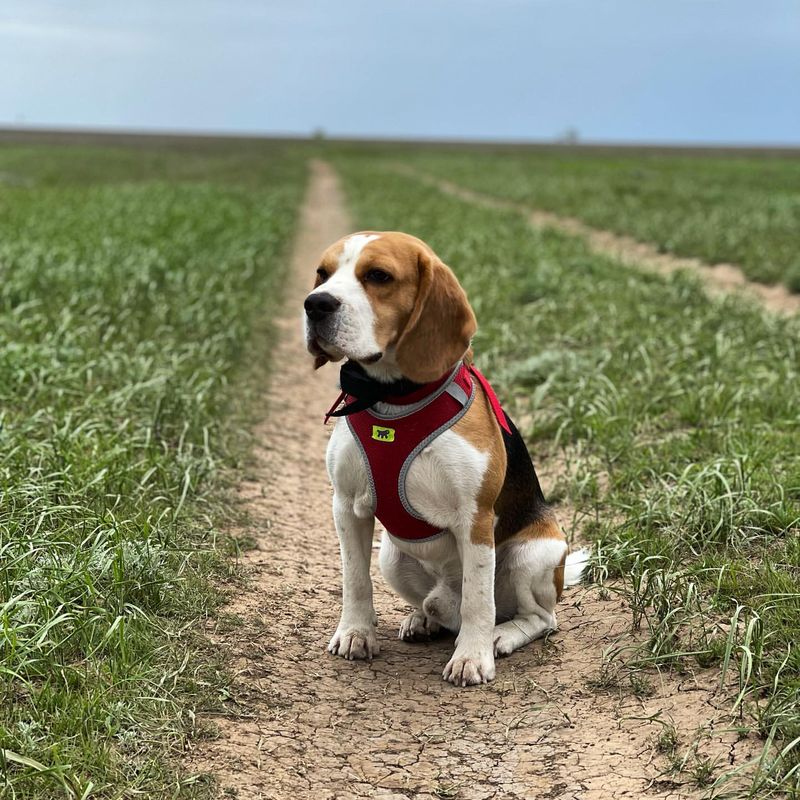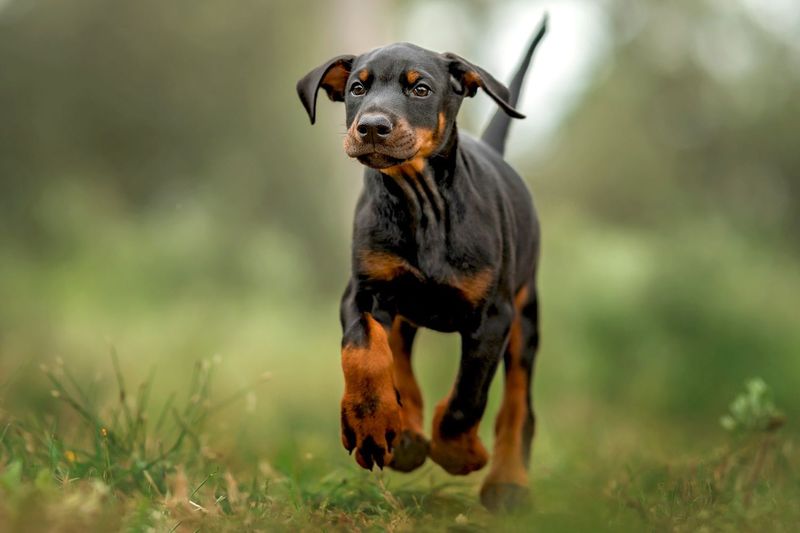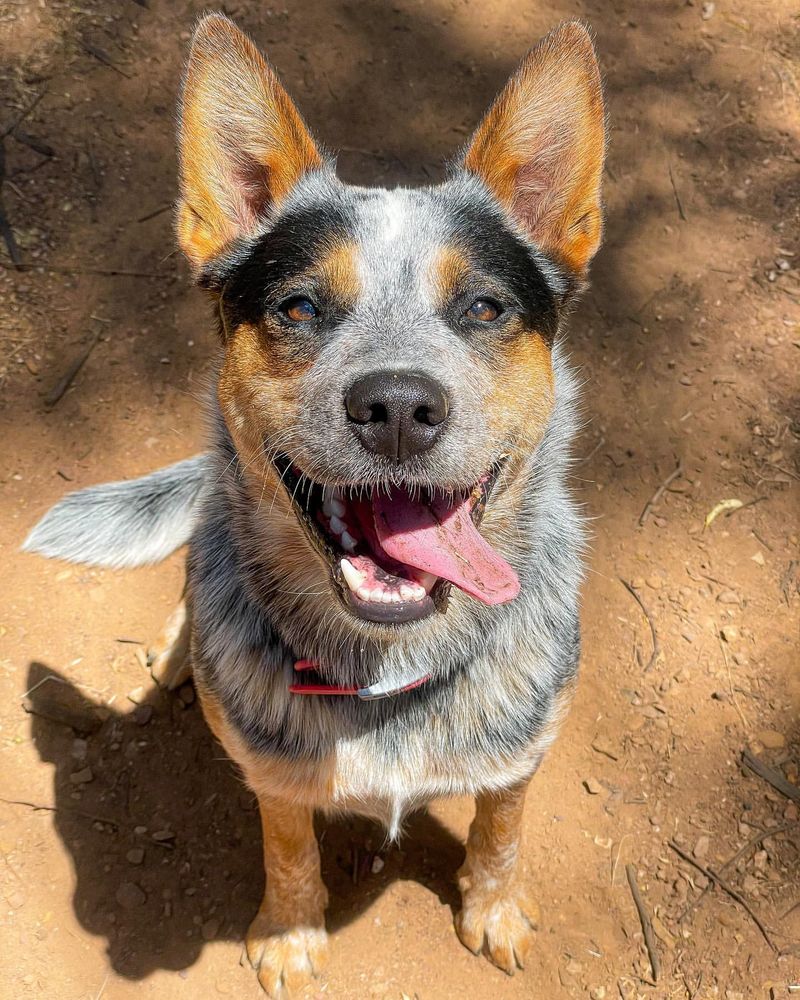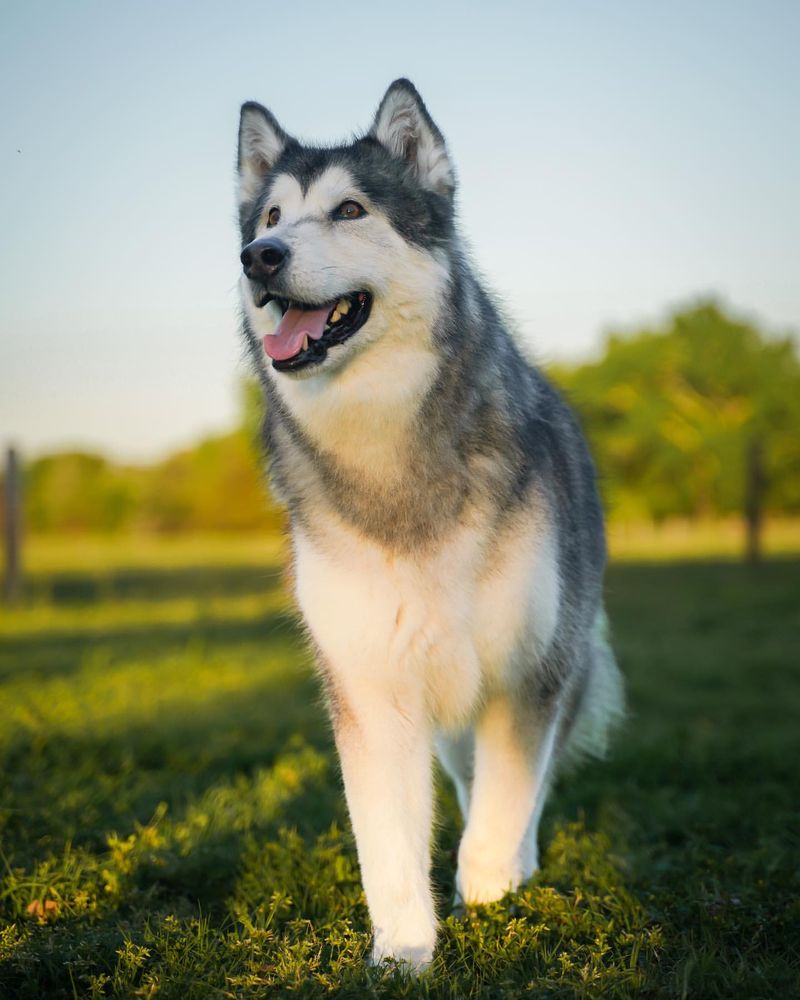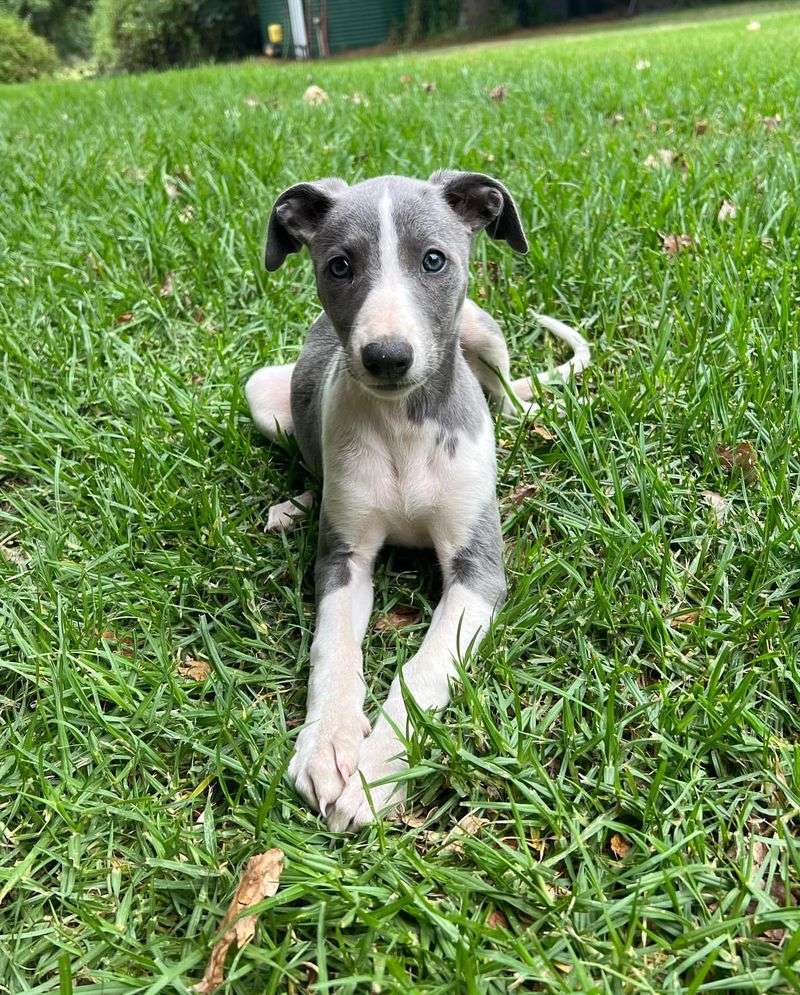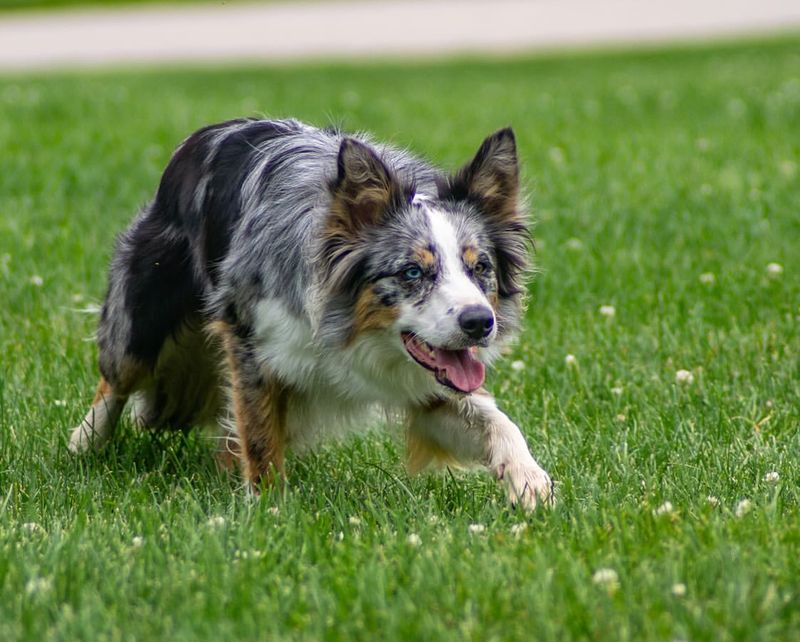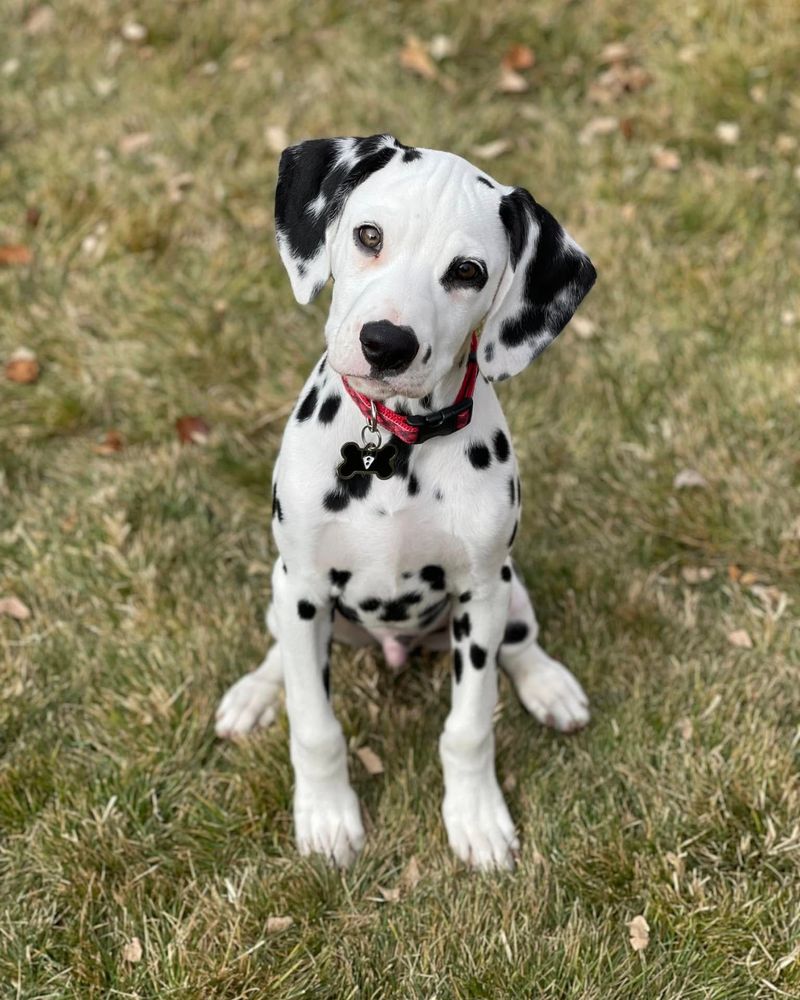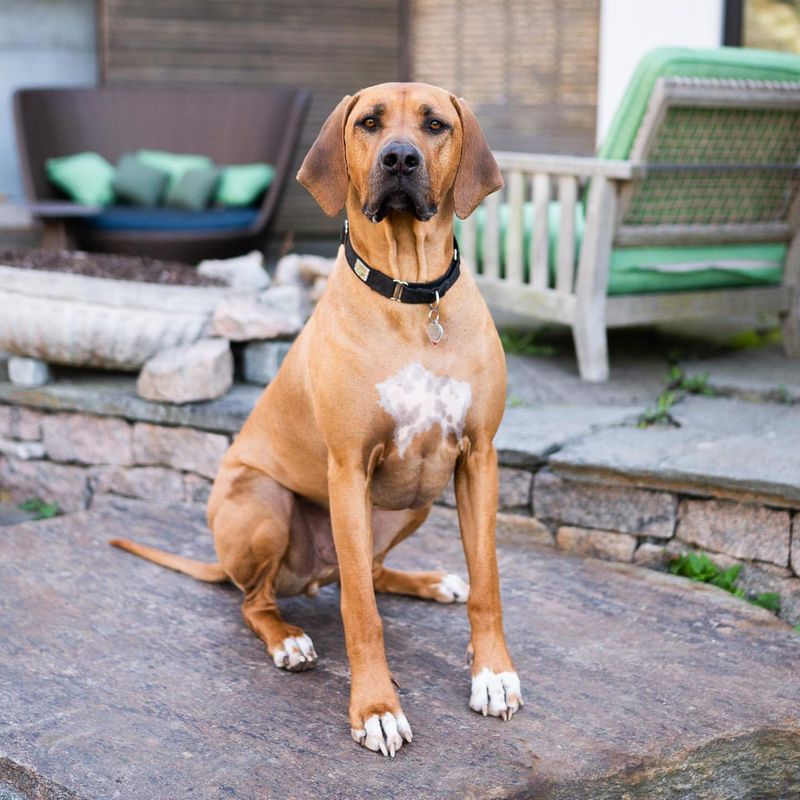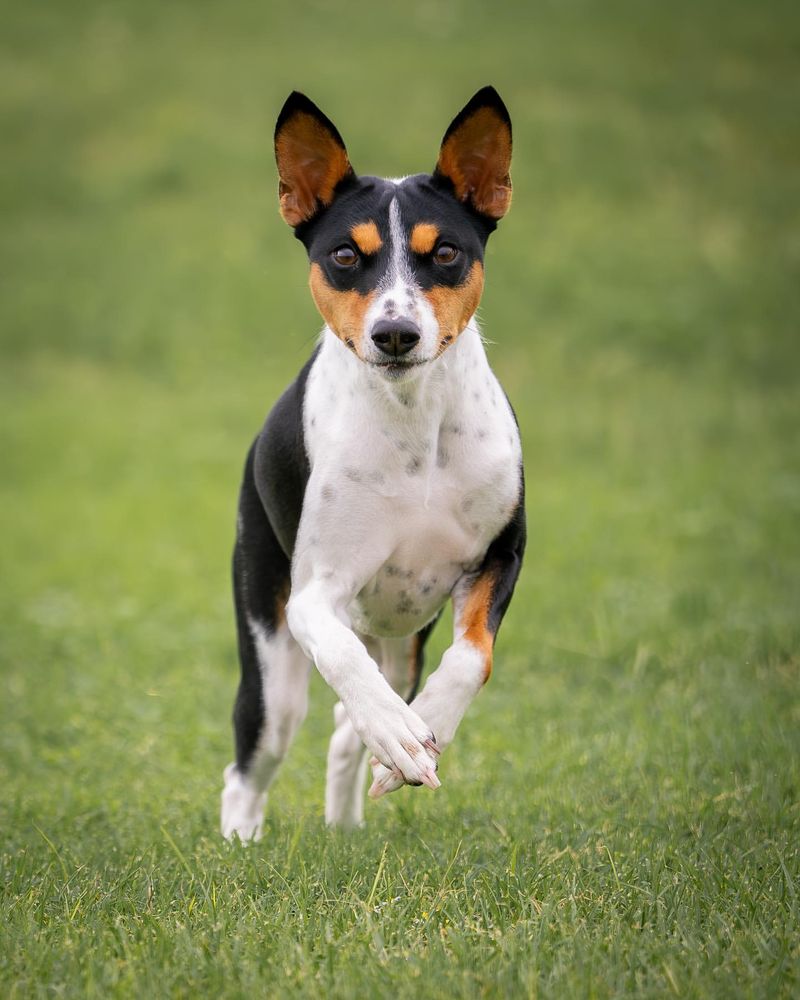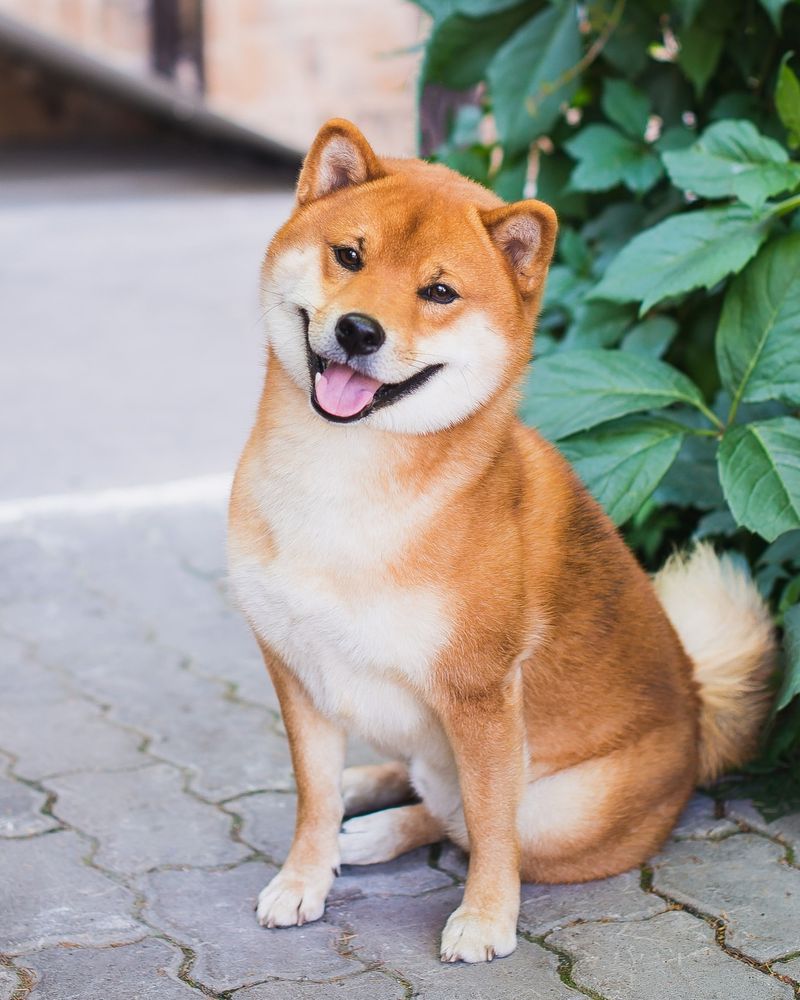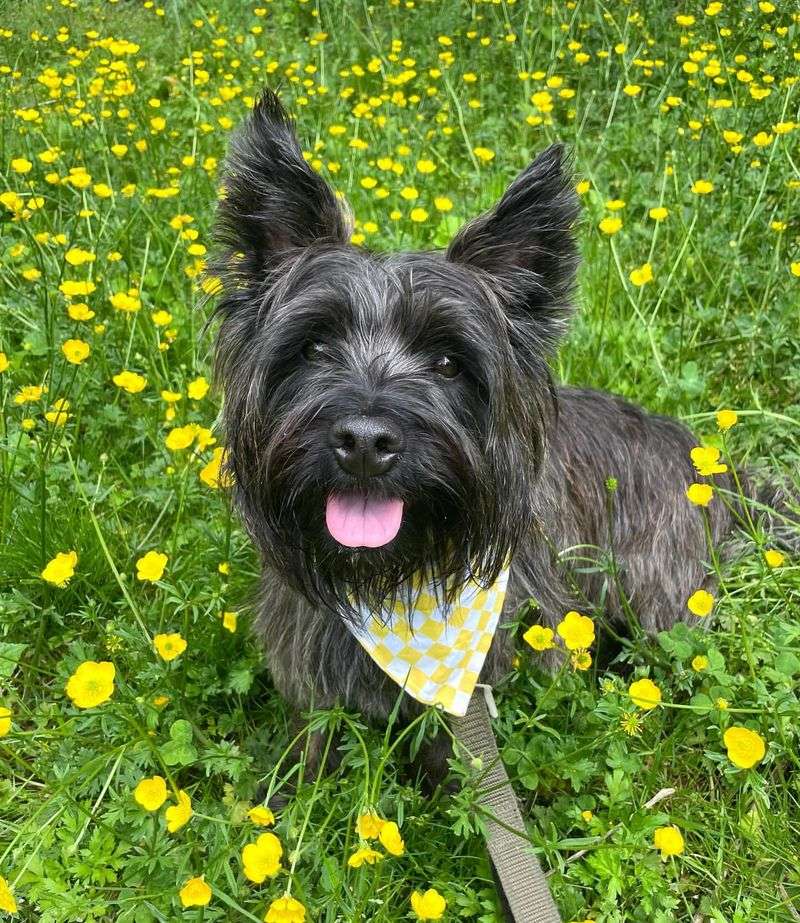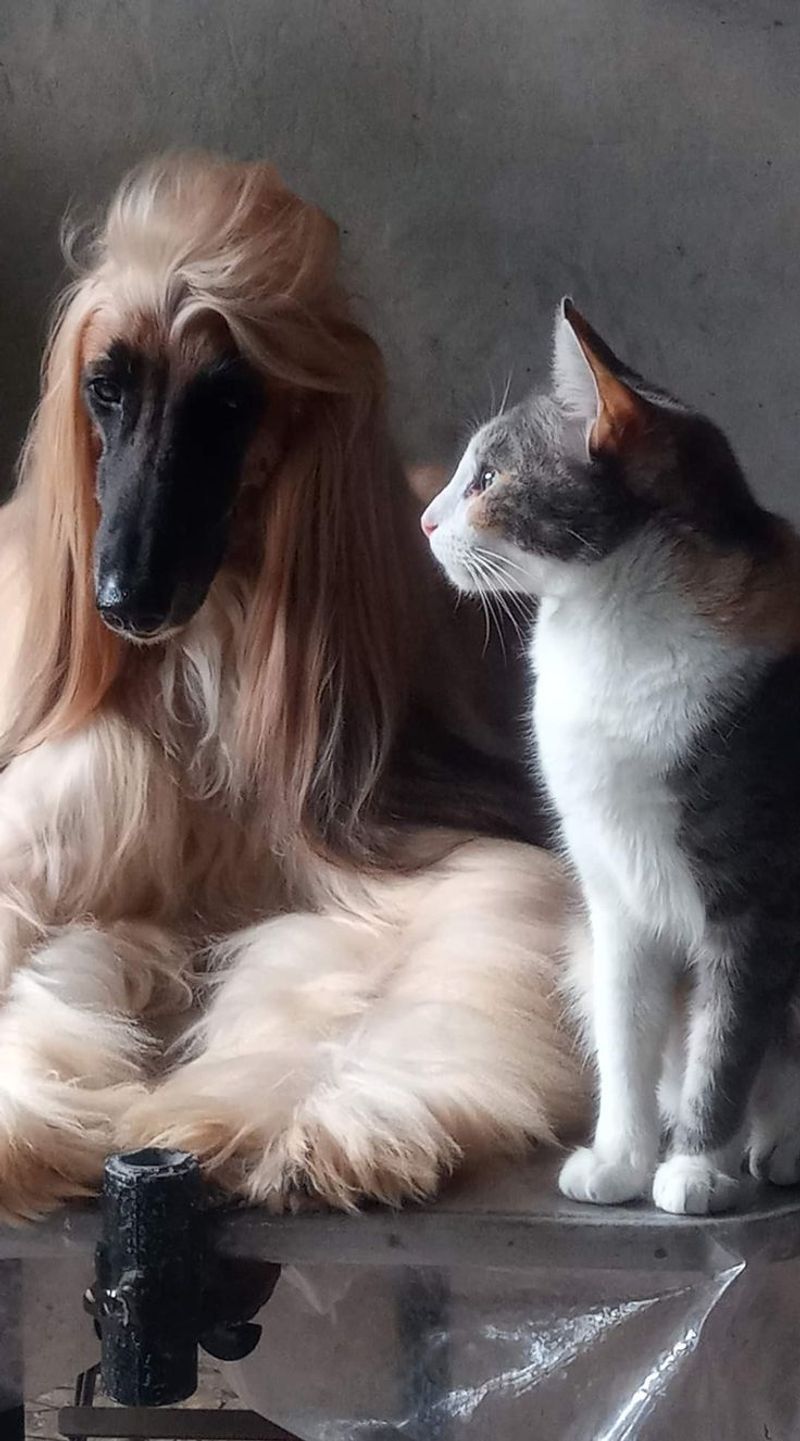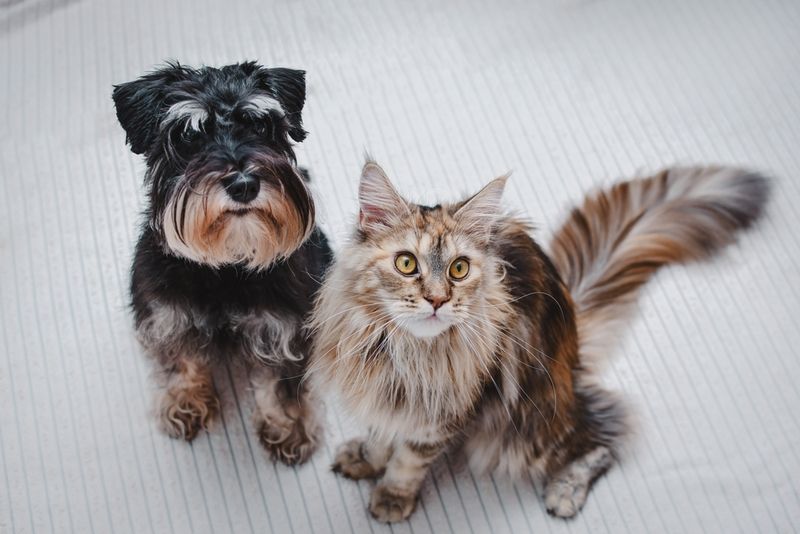📖 Table of Content:
Bringing a new dog into a household with cats is an exciting step, but it can come with challenges. While many dogs adapt well to feline companions, some breeds have strong prey drives or energetic personalities that may complicate cohabitation. Understanding these traits is key to creating a harmonious environment for all your pets.
In this guide, we highlight 17 dog breeds that require extra consideration for cat owners. These breeds may have instincts or behaviors, such as herding or chasing, that can make interactions with cats more complicated. However, with proper introductions, training, and patience, even these breeds can learn to live peacefully with their feline housemates.
We also provide tips for fostering a positive relationship between dogs and cats, ensuring a safe and stress-free transition. By considering each breed’s temperament and taking the time to acclimate your pets to one another, you can build a happy, multi-pet household where both dogs and cats thrive.
1. Siberian Husky
Known for their strong prey drive, these energetic and intelligent dogs may view smaller animals like cats as something to chase. Extensive exercise and early socialization are critical to manage their instincts. While they thrive in social environments, supervision is key to ensuring peaceful interactions with feline companions.
2. Greyhound
Their instinct to chase moving objects makes coexistence with cats challenging. Gentle and affectionate with humans, these dogs require a calm environment and should always be leashed or secured outdoors. Early introductions and careful monitoring are essential for building trust between pets.
3. Jack Russell Terrier
Their bold personality and strong hunting instincts make them natural chasers. Training and mental stimulation are vital to help these curious and energetic dogs adjust to living with cats. Early socialization can play a significant role in curbing their impulses and fostering harmony.
4. Beagle
Bred for tracking and scent work, these playful and social dogs may struggle to resist chasing cats. Regular exercise and engaging activities can help redirect their focus, but patience and vigilance are necessary to encourage positive interactions.
5. Doberman Pinscher
Their protective nature and strong energy levels mean careful management is needed to prevent unintentional harm to smaller animals. Early training, consistent boundaries, and proper socialization can help establish peaceful coexistence with cats.
6. Weimaraner
Bred as hunting dogs, their high energy and prey drive can make them a handful around cats. Providing ample exercise, mental stimulation, and early introductions are critical to minimizing potential conflicts and fostering acceptance.
7. Australian Cattle Dog
Their herding instincts and energetic nature often lead to chasing and nipping at smaller animals. Structured training and clear boundaries are essential to teach these intelligent dogs how to interact respectfully with cats.
8. Alaskan Malamute
Known for their strength and independence, these dogs require early training and supervision to prevent chasing behavior. Consistent guidance and ample mental and physical stimulation can help manage their instincts effectively.
9. Whippet
Renowned for their speed and agility, these calm and affectionate dogs often have a strong prey drive. Careful introductions and training can help prevent them from chasing cats, while secure outdoor environments ensure everyone’s safety. Plenty of exercise and mental stimulation keep them balanced and happy.
10. Border Collie
Known for their unmatched intelligence and herding instincts, these energetic dogs might see cats as something to control. Socialization from a young age and consistent training can help them adjust to living with felines. Physical and mental challenges are vital to manage their high energy levels.
11. Dalmatian
Famous for their spotted coats and lively personalities, these active dogs may overwhelm smaller pets like cats. They need ample exercise and clear boundaries to prevent overexuberance. Patience and positive reinforcement can help create a harmonious multi-pet environment.
12. Rhodesian Ridgeback
With a history of hunting large game, these powerful dogs have a strong prey drive that can pose challenges in cat-owning households. Early training and consistent leadership help establish boundaries and encourage peaceful coexistence with smaller animals. Regular exercise is essential for channeling their energy positively.
13. Basenji
Often described as cat-like in their independence, these quiet dogs still possess a strong prey drive. Introducing them to cats at a young age and providing clear boundaries can help them adjust. Regular engagement in stimulating activities ensures they remain content and less likely to act on their instincts.
14. Shiba Inu
Known for their spirited nature and independence, these dogs require consistent training to coexist peacefully with cats. Socialization and mental stimulation are key to managing their prey drive and preventing unwanted behaviors. With time and patience, Shiba Inus can adapt to a multi-pet household.
15. Cairn Terrier
These spirited and curious dogs have a strong hunting background, making them natural chasers. Proper training and early socialization are crucial for fostering harmony with cats. Ensuring they have outlets for their energy helps prevent conflicts and builds a positive relationship between them and their feline companions.
16. Afghan Hound
The Afghan Hound, with its glamorous appearance and aristocratic bearing, can be a handful for cat owners. This breed, known for its independent spirit and aloof demeanor, may not be the ideal companion for your feline friend. Despite its elegant exterior, the Afghan Hound possesses a strong prey drive, often making it challenging to coexist peacefully with cats. Their instinctual urge to chase smaller animals can lead to a rather stressful environment.
17. Schnauzer
With its quirky and spirited nature, the Schnauzer often brings a lot of energy into any household. However, for those with cats, this zestful personality might be a double-edged sword. Schnauzers are known for their intelligent and sometimes stubborn nature, which can be problematic when introducing them to feline friends. Their territorial instincts may spark competition and disharmony.
